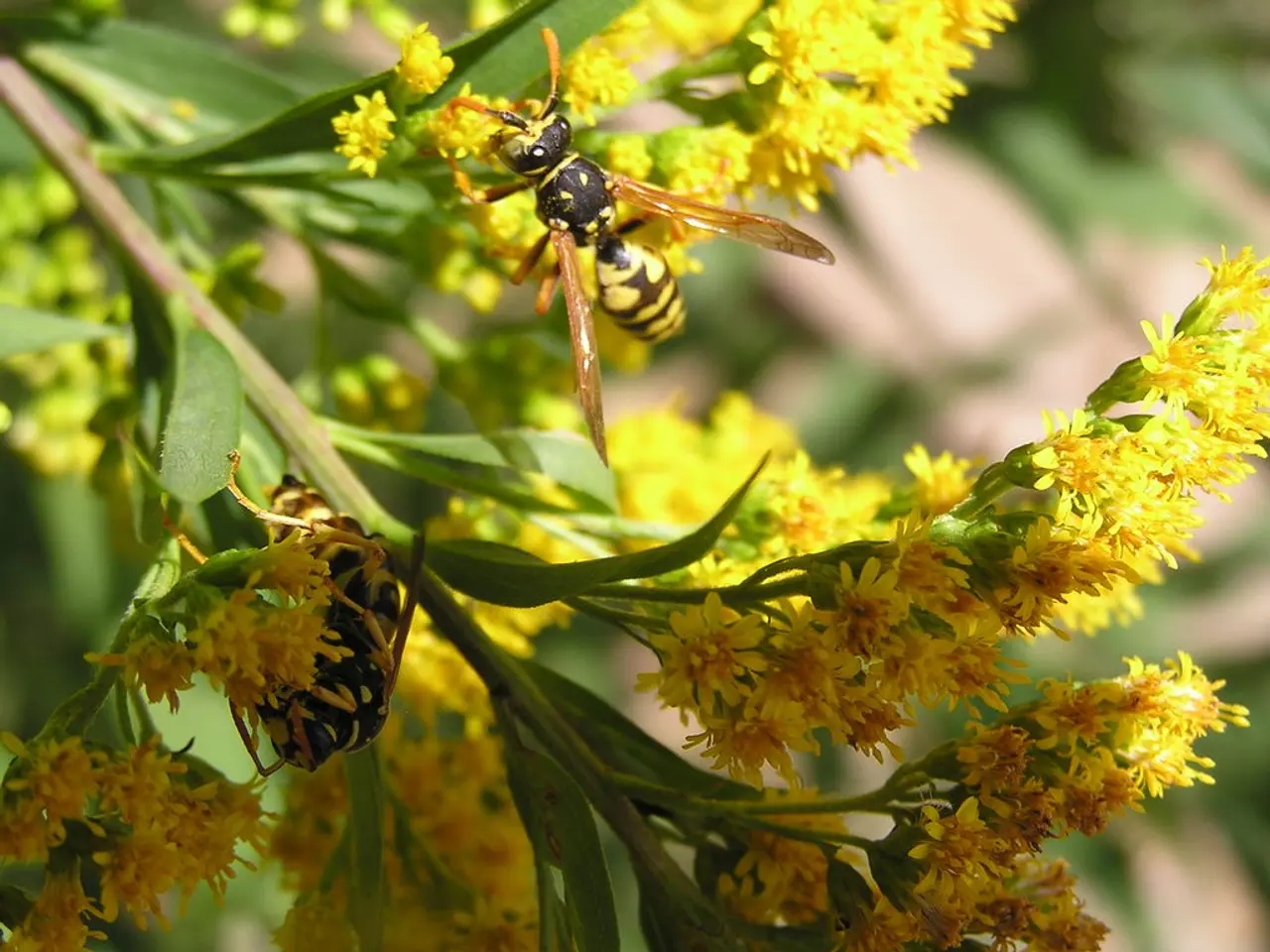Miniature Insect Habitat for Backyards
Want to attract beneficial insects to your garden and help with natural pest control and pollination? Here's a step-by-step guide to creating a small garden plot that will become a thriving refuge for insects like ladybugs, lacewings, and pollinators.
Plant a Diverse Garden
Start by planting a variety of flowers and herbs that bloom in succession from spring to fall, prioritizing native plants. These plants provide nectar and pollen for beneficial insects. Consider adding flowering herbs like dill, fennel, yarrow, and marigold, which attract a variety of insects and also have the added benefit of being useful in the kitchen.
Allow Plants to Go to Seed
Allowing some plants to go to seed or flower will provide additional nectar for insects. This simple act can attract a wide range of beneficial insects to your garden.
Provide Shelter and Overwintering Habitats
To offer shelter and overwintering habitats, leave some natural or undisturbed areas with tall stems or cut perennial stems arranged in a crosshatch pattern. You can also create leaf litter or deadwood piles for insects to hide and overwinter.
Offer Shallow Water Sources
Providing shallow water sources is essential for insects. Fill a dish with water and add marbles or stones to prevent insects from drowning.
Avoid Pesticide Use
Avoid using pesticides or opt for least-toxic methods to protect beneficial insect populations in your garden. Organic pest control sprays such as neem oil or diatomaceous earth can be effective alternatives.
Build Insect Homes
Building insect homes like bee and bug hotels can provide nesting sites and shelter for beneficial insects. Simple materials like bamboo canes tied together or wooden structures filled with hollow stems and twigs can be used to create these homes.
Create Deadwood Habitats and a Small Pond or Water Feature
Deadwood habitats and a small pond or water feature will attract aquatic and other beneficial insects such as dragonflies and hoverflies.
Add Organic Matter, Mulch, and Compost
Adding organic matter, mulch, and compost to your garden will encourage earthworms, which improve soil health and structure.
Related Products
- Seed mixes or plant packs focused on pollinator-attracting native wildflowers and herbs
- Small shallow water saucers with marbles or stones
- Materials for building bee and bug hotels (bamboo canes, untreated wood blocks, twine)
- Organic compost or mulch for soil enrichment
- Organic pest control sprays such as neem oil or diatomaceous earth for safe pest management
Guides and Resources
- Country Living’s guide on attracting beneficial bugs with plant recommendations and habitat tips
- Buglife’s guide to gardening for bugs including how to build bug hotels and habitat creation ideas
- Moana Nursery’s beneficial bugs guide with tips on encouraging earthworms and natural pest enemies
- Old Farmer’s Almanac pest control guide for managing pests without harming beneficial insects
- Fine Gardening’s advice on sustaining fireflies and other beneficial insects via habitat and pesticide management
By combining plant diversity, habitat creation, water provision, and avoiding harmful chemicals, your small garden plot will become a thriving refuge for beneficial insects that help with natural pest control and pollination. Happy gardening!
Incorporate a diverse range of flowers and herbs, including native ones that bloom from spring to fall, in your garden, as they offer nectar and pollen for beneficial insects. This diverse garden will attract insects like ladybugs, lacewings, and pollinators. (lifestyle, gardening)
To provide additional shelter and overwintering habitats for beneficial insects, leave undisturbed areas with tall stems or arrange cut perennial stems in a crosshatch pattern, allowing insects to find hiding spots come winter. (home-and-garden, gardening)





